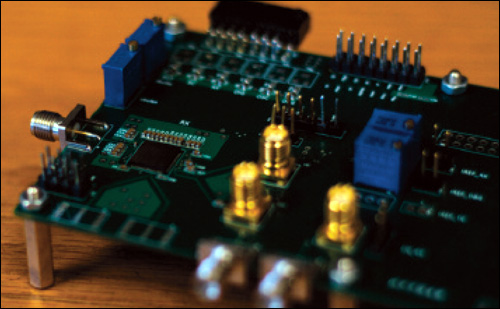Oct 28, 2016Shell-less terrestrial gastropod mollusks—commonly known as slugs—are slimy and rather disgusting. They are also harmful to farm crops. The U.K.'s Agriculture and Horticulture Development Board (AHDB) estimates that, left uncontrolled, slugs could cost U.K. potato, wheat and oilseed rape producers nearly £100 million (US$122 million) a year. That's why the AHDB is funding research into how best to control them.
Typically, farmers growing crops susceptible to slug damage spread molluscicides (pellets about the size of a grain of rice) on the soil surface to kill slugs. The molluscicides are applied to the whole crop, but this is economically inefficient, since slugs usually congregate in patches within the field. If farmers were able to apply molluscicides only to the areas infested with patches of slugs, they would save money and reduce potential runoff into streams and lakes.

But how can farmers determine where the slugs are likely to gather in their fields? The AHDB is funding research into slug behavior. The goal of the work, being led by Prof. Keith Walters at Harper Adams University, is to understand where slug patches are likely to form within the crop, how these patches form and how stable they are.
To track slugs in the field, Harper Adams University researchers Emily Forbes and Tom Pope hit on the idea of using passive low-frequency RFID tags. The researchers inject the slugs with a passive LF tag, which, they report, has not adversely affected the mollusks' health or behavior. Since the small LF tags have a short read range, the researchers are using a handheld antenna connected to a reader, which provides a detection range of approximately 20 centimeters (8 inches). "This is ideal, as we can detect slugs that are just below the soil surface, which is a big step forward in this area of research," Pope says. "We will complete regular 'sweeps' of the crop area using the handheld antenna in order to record the position of multiple slugs."
A major advantage of using RFID tags is that researchers don't need to collect the slugs to track them, so it's fast and allows them to study large numbers of slugs at the same time.
"We are at the early stages of this research and we would like to increase the numbers of slugs being tagged and also to investigate further the use of fixed point readers within the field," Pope says. "We hope to be able to advise farmers on how best to apply molluscicides." With any luck, RFID will help control slugs more cost-effectively and in a way that safeguards the environment.
